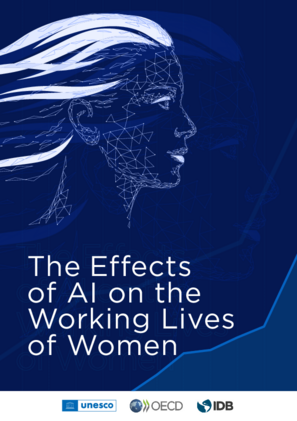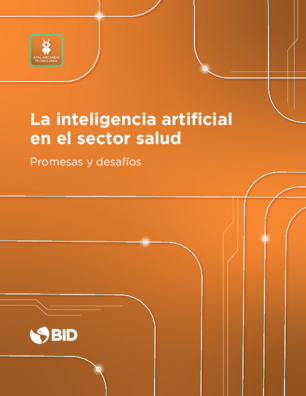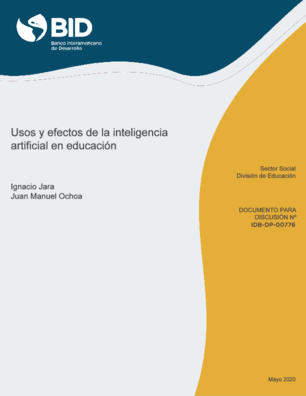Back to Observatory
An Interface for Audio Control Using Hand Gesture Recognition and IMU Data
Description of the service
The project involves an AI system that senses SEMG surface muscle signals and allows classifying voluntary gestures of a person to control and manage a music app remotely. The system allows controlling audio and video devices by recognizing hand gestures and does not need to be re-trained every time. Results show a success rate above 94% in controlling the music app using hand gesture recognition and AI techniques.
Problem that it solves
Creating a new interface to control music apps, electronic devices or apps for people with and without restricted mobility.
Type of AI app used
Interaction support (chatbots, virtual assistants and others), Customization, Recognition, Prediction
Main results to June 30, 2021
A model that allows controlling electronic applications using hand gesture recognition built from a database of 612 individuals, six gestures/person, 50 repetitions/gesture (183.600 entries). The AI model reported a 94% accuracy. This robust model was tested in an app with different bracelet-type sensors obtaining similar results, allowing the adaptability of multiple bracelet sensors without needing to re-train the model. The tested music app responded satisfactorily, and the system can control new devices remotely with minimal changes.
Three main bottlenecks faced during implementation
- Data collection
- Data labeling
- Data segmentation
- Data cleansing
Lessons learned in the design or use of AI for social impact
- Knowledge growth
- Deepening the applicability of different algorithms
- Transfer of models and construction of a global HGR model for all users
Country of origin
Geographic scope of operations
Quito, Ecuador
Type of executing entity
Partnership of two or more of the aboveSector/industry
Sustainable Development Goal(s) to which your AI solution contributes
3 (good health and well-being)
4 (quality education)
(decent work and economic growth)
(industry, innovation, and infrastructure)
(reduced inequalities)
IA app developed internally or by a third party
Internally
Name of implementing entity
Alan Turing AI and Vision Research Laboratory
Stakeholders involved
Alan Turing AI and Vision Research Laboratory
Percentage of the development team that are women
30%
Year they started using AI-based models
2012It may interest you
Globally, studies show that women in the labor force are paid less, hold fewer senior positions and participate less in science, technology, engineering and mathematics (STEM) fields.
En este documento se abordan los impactos de la inteligencia artificial en la educación



